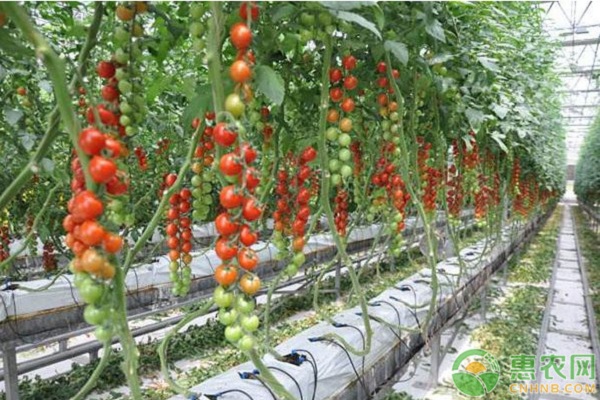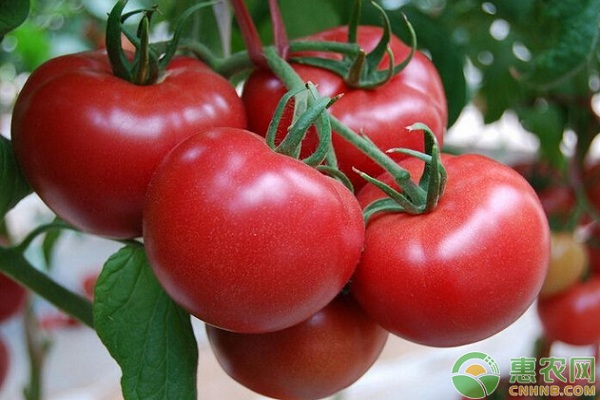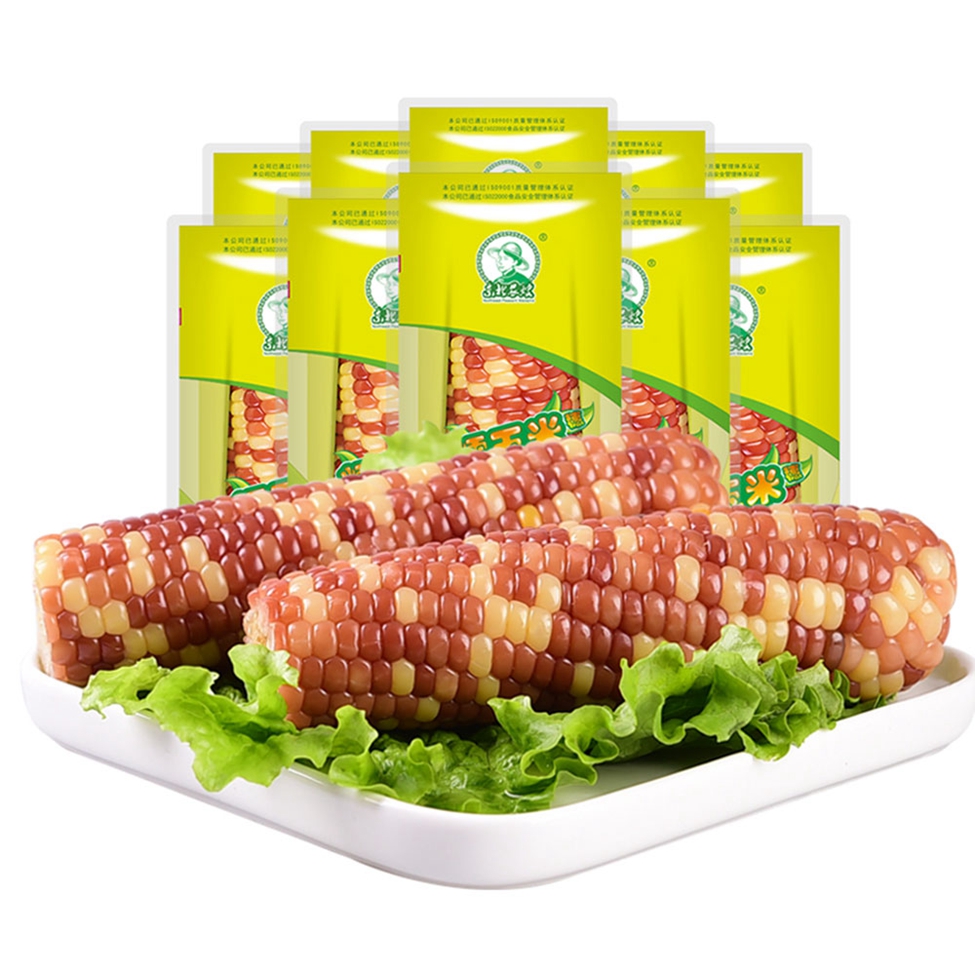How to prevent and control tomato root knot nematodes? Tomato root knot nematode is a disease that is more common in tomato greenhouse cultivation in recent years. In severe cases, it will cause 50% of tomato to reduce production, and it will spread or induce some fungal and bacterial diseases. Today we Mainly to learn the symptoms and control methods of tomato tomato root-knot nematode. First, the symptoms Tomato root-knot nematodes mainly infect tomato roots, especially lateral roots and fibrous roots. After the damage, a large number of nearly spherical tumors of different sizes and shapes are formed on the root of the tomato, which are like a beaded joint, which makes the root system thicker. Due to the destruction of the roots, affecting the normal absorption function of the tomato, the growth and development of the aboveground parts of the tomato is hindered, and the symptoms of the light are not obvious; The growth of the heavy ones is slow, the growth of the plants is poor, the plants are short, the leaves are yellow, the initial surface of the leaves is white, then the leaves become brown or black, the upper part of the leaves is atrophied or yellowed, and the growth is weak and lacks water and fat, with less results and fruits. small. The affected plants are dry and have a wilting or withering when the temperature is high at noon; when the temperature is low or the water is sufficient in the morning and evening, the wilting can temporarily return to normal. As the disease progresses, the whole plant may gradually die and die. Second, prevention and treatment methods 1. Clean the countryside The debris of the diseased plant with root-knot nematode is cleaned and concentrated deep or burned. The root-knot nematode is mostly distributed in the soil layer of 3 to 9 cm deep, and the deepening of the cultivated land can reduce its damage. 2. Implement rotation Tomatoes, cucumbers, and sweet peppers are important hosts for root-knot nematodes. The diseased field can not be planted in a row, and can be rotated with leek, garlic, onion or field crops at intervals of 2 years; it can also be planted in a serious plot with short leafy vegetables such as cabbage, spinach and radish. Artemisia argyi and so on. Because these vegetables have a short growth period, they can be harvested in about one month, so they do not affect the production of the main tomato. Since the tomato planted afterwards has root knots in the roots, it has little effect on yield and can reduce the number of nematodes in the soil. 3. High temperature shack When the spring 茬 tomato is pulled, it is the hot season, and the root-knot nematode lives in the shallow soil layer, and can be combined with deep-turning to carry out the high temperature shack. First remove the roots of the residual strain, then deepen the soil, fill the water, cover the mulch, and carry out the high temperature shack, so that the soil temperature rises to about 60 °C, boring for 10 to 20 days, can kill the root knot nematode. 4. Planting resistant nematodes It can be used with nematode-resistant and nematode resistant tomato varieties, such as Darwin and Ruifei. 5. Seed treatment After the full tomato seeds are exposed to the sun, soak them in warm water at 55 ° C for 15 minutes, the amount of water soaked is 3 to 5 times the volume of the seeds, and stir constantly. When the water temperature drops to normal temperature, soak for 6 hours, then wash and remove. Allow to sown after drying to the grain. 6. Soilless cultivation of wireless insects Use soilless seedlings to avoid damage to root-knot nematodes during seedling stage. The seedling substrate is disinfected, and the fermented manure is applied to promote the reproduction of nematode parasites, which can reduce the damage of nematodes. 7. Lime and nitrogen soil disinfection Lime nitrogen is an efficient soil disinfectant. The intermediate products of lime nitrogen decomposition, cyanamide and dicyandiamide, have the functions of disinfection, pest control and disease prevention, and can prevent and cure various soil-borne diseases and underground pests, especially for nematodes. Before the tomato is planted, 75-100 kg of lime nitrogen and 1000-2000 kg of wheat straw (or 3000-4000 kg of chicken manure) are applied per mu in the ploughed soil. After the mashing, the irrigation amount is saturated and covered with transparent plastic. The film should be tightly covered and tightly covered to maintain a certain space between the film and the soil, so as to improve the ground temperature and enhance the sterilization and pest control effect. Closed greenhouse or greenhouse, shack for 20 to 30 days. After the suffocating shed, the shed can be ventilated according to the soil moisture condition, the soil moisture can be adjusted, then the soil can be loosened and the vegetables cultivated. The application of this method is best to choose high temperature in summer, less rain, and greenhouse idle time, generally from late May to late August. 8. Biological control Before planting, use 1.8% of avermectin EC 15 ml per square meter, dilute 2000-3000 times, spray with a sprayer, and then mix the soil with nails to have a good effect on the control of root-knot nematodes. For the plants in the growth period, 1.8% avermectin EC can be used in 4000 to 6000 times of liquid roots, and each plant should be used in 100-200 grams. 9. Chemical control Before sowing or planting, soil disinfection is carried out, and 3% methyl isothiophosphate granules are applied per acre 150-225 kg. When the greenhouse tomato is planted, the hole is applied with 10% force (the amount of use and the concentration of use refer to the product manual). The above is all the main points of greenhouse tomato root knot nematode prevention and control, I hope to help the vegetable farmers who have this trouble, if you have better control technology, welcome to share! Single Packed Mottled Waxy Corn Waxy corn comes in a variety of colours. Some people wonder if waxy corn is a genetically modified product. In fact, it is not. Waxy corn originated in China. It is caused by a genetic mutation. Artificial selection gradually led to the emergence of a type of tannin.
Colorful Waxy Corn,Colorful Mottled Waxy Corn,Single Packed Mottled Waxy Corn,Single Packed Colorful Waxy Corn Jilin Province Argricultural Sister-in-law Food Co., Ltd. , https://www.nongsaocorn.com


Waxy corn, also known as waxy corn, is sticky corn. The grain has coarse, waxy endosperm, similar to shiny, glassy (clear) grains such as hard and dented corn. Its chemical and physical characteristics are controlled by a recessive gene (wx), which is located on chromosome 9. 100% of the starch in the endosperm is straight-chain starch.
Coloured glutinous corn is generally white, yellow, red, purple and black, with white, yellow and purple corn being the basic colours. Purple and white hybrids naturally become purple if the purple gene "beats" the white gene and vice versa, so if the two tie we see white and purple corn. Purple can turn into red and black corn, or as we often say, "red is purple and black is purple". Of these colourful corn, the most common yellow waxy corn is the most nutritious as it is rich in carotenoids...
Currently, the only genetically modified foods sold on the Chinese market are soybean oil and papaya. Waxy maize is a hybrid variety and is not associated with genetic modification. Therefore, it can be concluded that glutinous maize is a hybrid variety and has nothing to do with genetic modification.
Genetic modification is a type of "genetic engineering" in modern science and technology, which makes use of modern molecular biology techniques. Hybridisation is the mating of individuals of different genotypes to produce offspring that are different from the original "pure" breed. In a sense, it belongs to the natural exchange of genes that can occur in nature.


